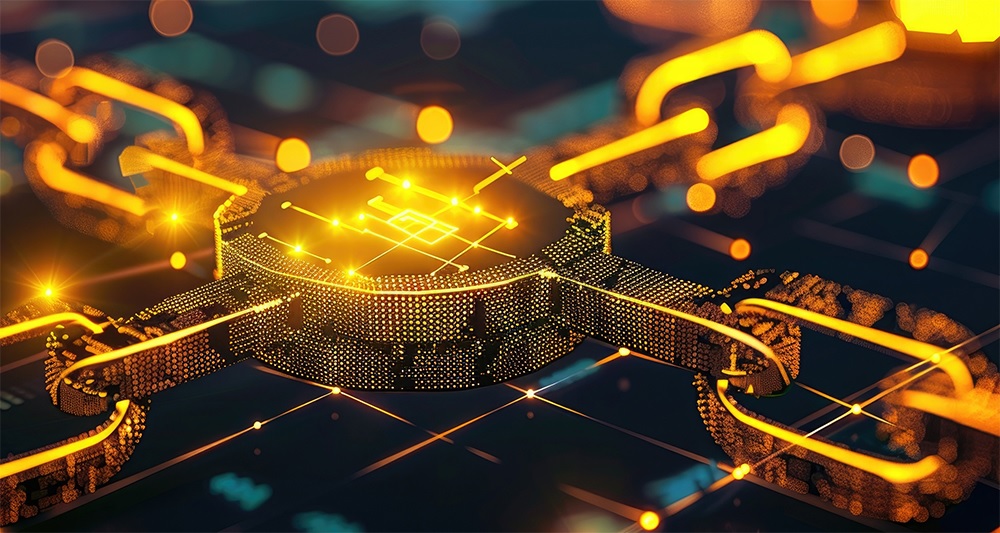5 Blockchain Trends To Flourish Between 2025 And 2030
After establishing itself as a strong decentralised platform in the digital space, Blockchain technology is stepping ahead. With the changing times, Blockchain Technology is now concentrating on solving real-world challenges rather than riding speculation waves. With businesses, governments, and developers deploying blockchain technology in their operations, five major trends are expected to redefine the concept of blockchain in the next five years.
1. Modular Blockchain Architectures:It is one of the dynamically emerging trends which is expected to gain momentum in the coming years. The use of this approach increases scalability and allows users to customise the use of blockchain according to specific use cases. The use of this Blockchain platform allows for modular blockchain designs, decoupling consensus, execution, and data availability. Key developments include Celestia’s mainnet launch, Polygon 2.0’s modular framework with ZK integration, and EigenLayer’s shared security model. By using this technology, startups can deploy execution layers without building full Layer-1 networks, cutting infrastructure costs and time-to-market.
2. Zero-Knowledge Proofs (ZKPs) at Scale:Privacy and efficiency are two major attributes that play an important role in enhancing the powers of this blockchain technology. zkSync Era, Starknet, and Polygon zkEVM are processing live volumes with ZK rollups, while Visa has tested ZK-based auto-payments. Governments throughout the world are testing the process of implementing a ZKP-based voting system to control the practice of anonymous elections.
3. Real-World Asset (RWA) Tokenisation:From tokenised US treasuries to doing gold business based on blockchain, asset tokenisation is bridging the gap between traditional finance practices and blockchain. BUIDL Fund from BlackRock, a tokenised gold platform from HSBC, and green bonds issued by Hong Kong’s blockchain are some examples of a trillion-dollar economy. Peer-to-peer energy trading platforms, like SunContract, are also using tokenisation for decentralised marketplaces.
4. Blockchain for Digital Identity and Compliance:The use of decentralised identity (DID) systems is playing an important role in ensuring authentic verification. The EU’s EBSI program supports eID and academic credential verification, whereas Worldcoin and Polygon ID are working on building identity systems which ensure privacy. After successful testing, the implementation of these techniques will redefine KYC processes, e-government records, and secure online interactions.
5. Blockchain as Infrastructure for AI:With AI being criticised on grounds of trust, data provenance, and transparency, blockchain is emerging as a robust solution. Ocean Protocol enables secure data sharing, Bittensor rewards AI models for collaboration, and Fetch.ai combines autonomous agents with blockchain coordination. All these tools promise to make AI development more open, accountable, and decentralised.
Industry experts believe these trends represent a shift from high expectations to practical deployment. With blockchain infrastructure integrating AI, identity systems, and finance, it is expected that the next five years will strengthen people's trust in digital operations.



